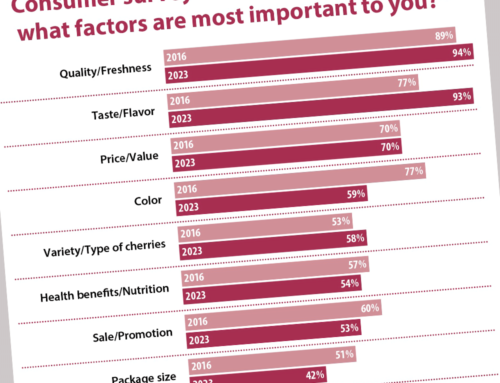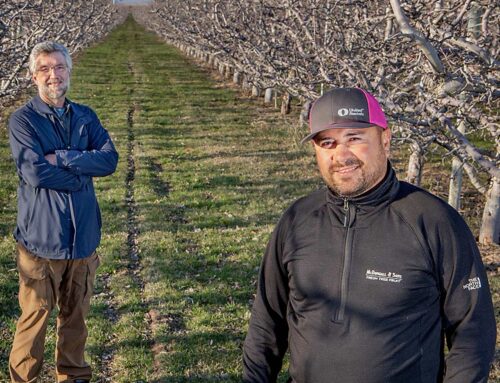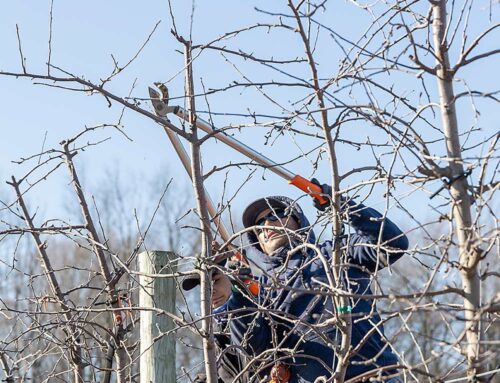—by Kim Vaughn, Washington State Department of Agriculture
In a bid to educate pesticide applicators and ensure the safety of both humans and the environment, the Environmental Protection Agency (EPA) has launched a comprehensive program aimed at safeguarding endangered species in vulnerable areas. This “Bulletins Live! Two” initiative comes as a response to the need for stricter regulations surrounding pesticide use, particularly in endangered flora and fauna habitat.
The Endangered Species Act, enacted in 1973 and administered by the U.S. Fish and Wildlife Service and the National Oceanic and Atmospheric Administration’s National Marine Fisheries Service, serves as the cornerstone of wildlife protection in the United States. Under this act, federal agencies, including the EPA, are mandated to ensure that their actions do not jeopardize the existence of listed species or their critical habitats.
To fulfill its obligations under the Endangered Species Act, the EPA introduced “Bulletins Live! Two,” an innovative program designed to provide geographically specific pesticide use limitation areas for the protection of threatened and endangered species and their designated critical habitats.
The bulletins, which are essentially extensions of pesticide labels, provide detailed instructions and limitations for pesticide application in areas inhabited by endangered species. These restrictions are crucial for safeguarding vulnerable species and their habitats from harmful pesticide exposure. The bulletins can be found online at: epa.gov/endangered-species/bulletins-live-two-view-bulletins.
In Washington state, where the conservation of salmonids is of paramount importance, bulletins have been issued to regulate pesticide use around these crucial species. The EPA first issued bulletins for salmonids in February 2023, covering endangered Chinook and Sockeye salmon, as well as threatened Coho and Chum salmon and Steelhead trout. Designated critical habitats, such as the Columbia River Basin, rivers flowing into Puget Sound and the Ozette river and lake system were also delineated. Other species may be included in the future.
Currently, in Washington state there are bulletins for five active ingredients: herbicides bromoxynil, metolachlor and prometryn; the insecticide cyantraniliprole; and the fumigant Telone (1,3-dichloropropene). However, more active ingredients are expected to be included in future bulletins, underscoring the program’s adaptability and commitment to protecting diverse ecosystems, so be sure to check every label, every time.
It’s as easy as 1, 2, 3
Pesticide labels contain specific directives regarding the need to obtain a bulletin. Check the “Directions for Use” section on your label to see if a bulletin is required. If your pesticide label does not direct you to obtain a bulletin, no further action is needed.
For each application, pesticide applicators must follow an easy three-step process: Read the label, obtain a copy of the bulletin (if directed), and strictly adhere to the instructions provided.
Head to the website prepared to identify the intended application area and enter the product registration number and month of application. If a pesticide use limitation area occurs in the intended area, the associated limitations will be displayed.
If the label requires that you “obtain” a bulletin, then you must, at a minimum, read and follow the bulletin directions. You may also print or maintain a PDF copy of the bulletin for your records, however this is not required.
Compliance
Failure to adhere to bulletin restrictions not only constitutes a label violation but can also violate the Endangered Species Act if harm is caused to listed species. Violations are subject to enforcement by federal agencies such as the U.S. Fish and Wildlife Service and the National Marine Fisheries Service.
Compliance with bulletins is also enforceable under the Federal Insecticide, Fungicide, and Rodenticide Act.
“Bulletins Live! Two” is now LIVE!
“Bulletins Live! Two” is now up and running, and updated pesticide labels incorporating required instruction language are starting to be distributed. The program emphasizes timely bulletin acquisition, with applicators allowed to obtain a bulletin up to six months before the intended month of pesticide application. Furthermore, the site is accessible via mobile devices, ensuring convenience and ease of use for users.
In conclusion, “Bulletins Live! Two” represents a significant step forward in pesticide regulation, offering tailored protections for endangered species and their habitats. By following the directives outlined in the bulletins, pesticide applicators can play a vital role in preserving biodiversity and safeguarding the environment for future generations. It’s as easy as 1, 2, 3:
1) Read the label.
2) Obtain a bulletin if required by the label (printing or saving a copy is optional).
3) Follow the instructions in the bulletin.
More information can be found on the Washington State Department of Agriculture website at: bit.ly/wsda-bulletins-live-two and on the U.S. EPA website at: bit.ly/epa-bulletins-live-two-webinar. •
Kim Vaughn is a communications consultant with the Washington State Department of Agriculture. The agency’s pesticide compliance program gave talks about “Bulletins Live! Two” at winter meetings to let growers know about the new federal regulations.






Leave A Comment